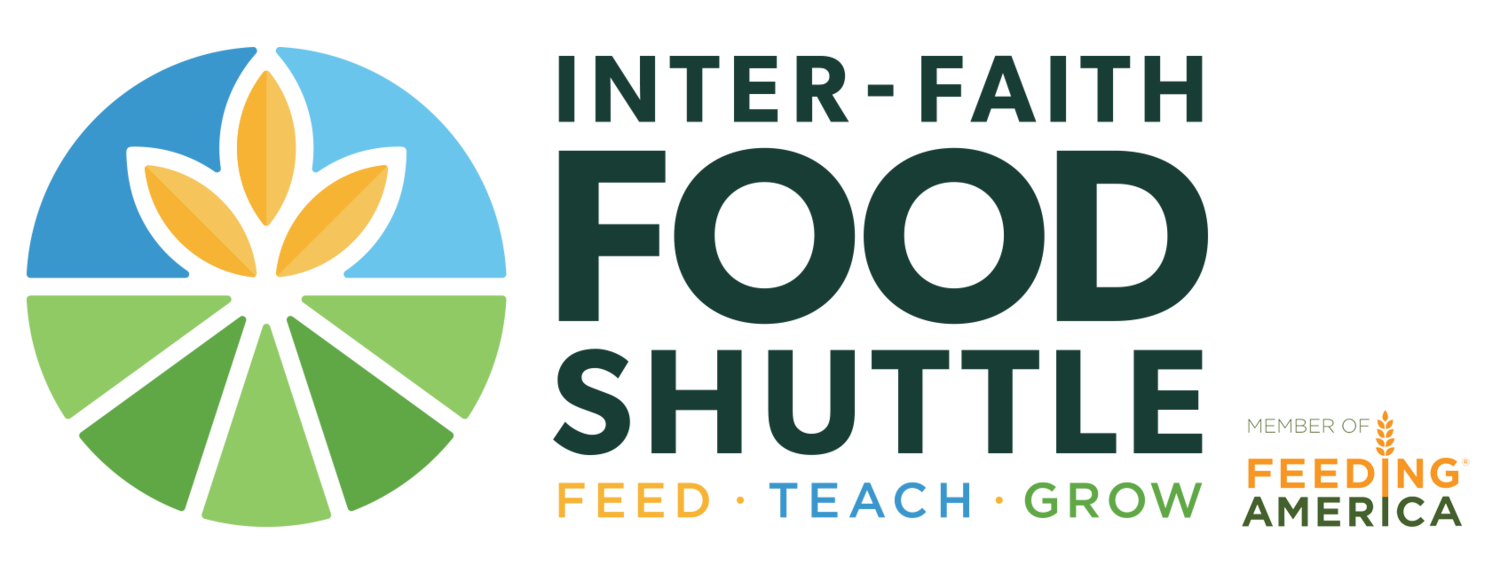by Sarah Paxson When I was growing up in the late 80s and early 90s, food allergies were practically non-existent. Sure, there were probably kids in our class who required diets slightly different than my own, but their food allergies certainly didn't affect what we were or were not allowed to bring to school. Now however, many classrooms have policies regarding snacks in the classroom, particularly when it comes to peanuts. Sometime between my childhood and the childhoods of today's youth, food allergies have become more common. A recent survey of 40,000 families found that nearly 8 percent of children under the age of 18 have a food allergy, according to the journal "Pediatrics."
What causes food allergies?
A food allergy occurs when the immune system identifies a harmless food as a threat and attacks it. From this point on, whenever an individual eats that food, antibodies tell the body to create chemicals called histamines. Histamines affect cells all over the body, but they have particular interest in the lungs, the stomach, and skin.
Just eight foods account for more than 90 percent of food allergies: cow's milk, eggs, peanuts, wheat, soy, fish, tree nuts, and shellfish, according to the Centers for Disease Control.
Why are food allergies on the rise?
There are several theories about why allergies are on the rise. One theory is that we are not exposed to enough germs and our bodies no longer get the exposure they did before the use of soap and pasteurized milk became prevalent Our immune systems no longer fight the germs they used to fight, so they are fighting things like food and environment.
Another theory, featured recently in an article on Rodale.com, suggests that the chemicals in pesticides could be to blame. The authors of a new study published in Annals of Allergy, Asthma and Immunology found that pesticides used on genetically modified crops, lawns and golf courses, and of course, chlorine-treated drinking water, was associated with higher rates of food allergies.
What could you do?
Rodale suggests that, though it's difficult to eliminate all exposure to chemicals, there are a few ways to cut down the amount of toxins getting into your system. The first is by buying organic. Not only will you be limiting your chemical intake, but genetically modified foods are banned under organic standards.
You can also eliminate commercial household cleaners and make your own! For tips on making homemade cleaning products, check out this article. Not only is it green, but it'll also save your budget.





